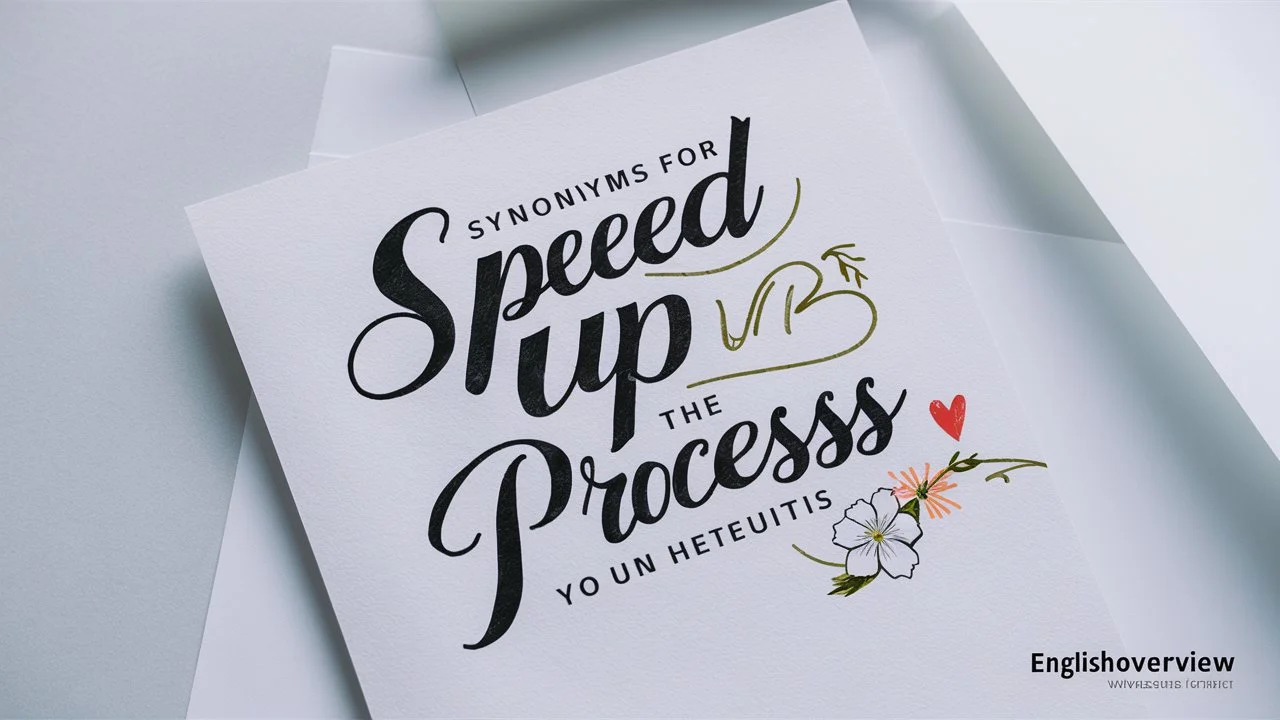The Game-Changers
First off, let’s get one thing straight: AI and machine learning aren’t just buzzwords. They’re the real deal, changing the way we think about, well, everything. From self-driving cars to smart assistants that can practically run your life, AI is everywhere. But what about when it comes to designing the very electronics we rely on every day? That’s where things get really interesting.
Imagine you’re part of an electronics product design company. You’ve got a brilliant idea for a new gadget, but the process of turning that idea into a working product? It’s tough. It’s time-consuming, expensive, and let’s face it, sometimes things don’t go as planned. This is where AI steps in like a superhero swooping in to save the day.
Speeding Up the Process

One of the biggest perks of using AI in electronic product design is the speed. Traditionally, designing a new product involves a lot of trial and error. You build a prototype, test it, find out what’s wrong, tweak it, and start all over again. It’s a grind. But with AI, you can cut down on a lot of that back-and-forth.
AI algorithms can analyse tons of data at lightning speed, spotting patterns and making predictions that would take humans ages to figure out. It’s like having a super-fast, super-smart assistant that never needs a coffee break. AI can simulate different designs, test them out virtually, and highlight potential issues before you even build the first prototype. Talk about a time-saver!
Making Smart Decisions
AI isn’t just about speed; it’s also about making smarter decisions. In product design, you’re constantly balancing different factors – cost, functionality, aesthetics, and more. AI can help you weigh these factors more effectively. For instance, machine learning algorithms can analyse past designs and market data to predict which features will be most successful. They can even suggest improvements or alternative designs that you might not have considered.
Enhancing Creativity

Believe it or not, AI can also boost creativity. By handling the more tedious aspects of design, AI frees up human designers to focus on innovation and big-picture thinking. Some advanced AI systems can even generate design ideas on their own, offering inspiration and pushing the boundaries of what’s possible. This collaboration between human creativity and machine precision can lead to truly groundbreaking products.
Personalisation and Customisation
In today’s market, personalisation is king. Consumers want products tailored to their specific needs and preferences. AI makes it easier to deliver on this demand. By analysing user data, AI can help designers create products that better match what consumers want. This can range from customising the look and feel of a product to optimising its functionality based on user behaviour.
Improving Quality and Reliability
Quality and reliability are critical in electronic product design. No one wants a gadget that breaks down after a few uses. AI can enhance quality control by predicting potential points of failure and suggesting improvements. Machine learning models can analyse data from product testing to identify trends and anomalies, ensuring that issues are caught early in the design process. This leads to more robust and reliable products hitting the market.
Reducing Costs
Finally, let’s talk about cost. Designing and producing electronics can be expensive, but AI can help reduce those costs in several ways. By streamlining the design process, AI reduces the time and resources needed to develop new products. It can also optimise the use of materials and components, cutting down on waste and unnecessary expenses. In the long run, these savings can be passed on to consumers, making advanced technology more accessible.
Conclusion
The integration of AI and machine learning in electronic product design is more than just a trend; it’s a transformative shift that’s reshaping the industry. From speeding up the design process to enhancing creativity, improving quality, and reducing costs, AI is proving to be an invaluable tool for designers and engineers. As technology continues to evolve, we can expect AI to play an even more significant role in the creation of the innovative electronic products of the future. It’s an exciting time to be in the field, and the possibilities are truly endless.










Leave a Reply